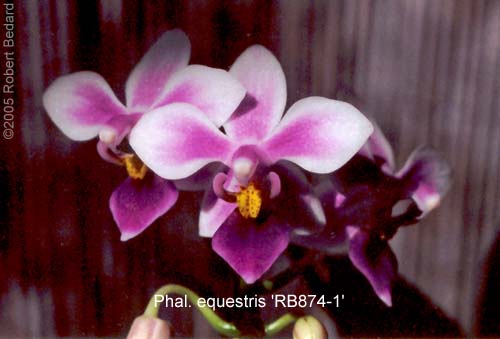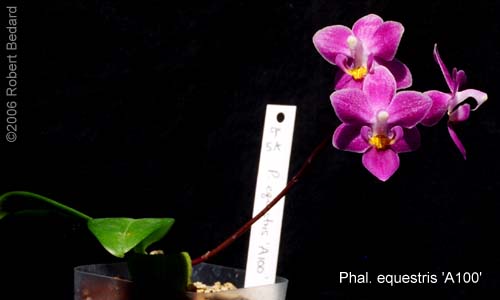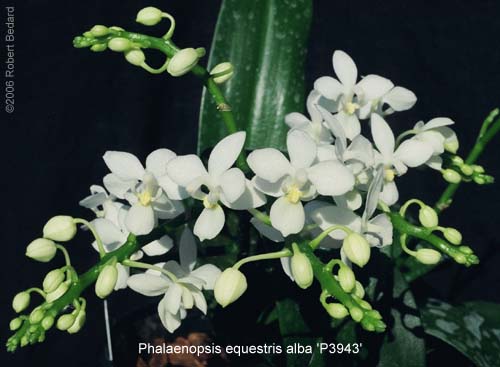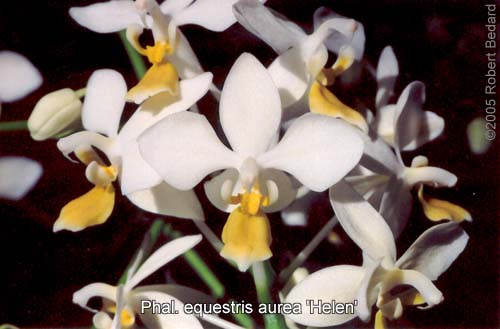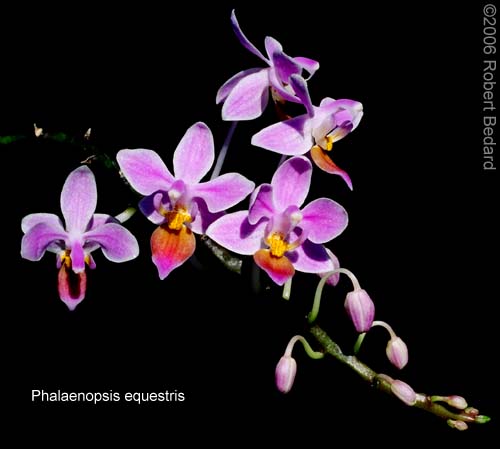P
PHRAG
Guest
So I have been on a Phal. equestris kick lately. I find the different variations fascinating, but there seems to be a lot of conflicting info on the web. From what I can gather there are several variations, but I can't get a clear idea of exactly what those variations are.
These are the variations I know exist...
equestris var. aurea (white flower with a yellow lip)
equestris var. alba (white flower with the slightest touch of yellow in the center)
And these are the variations that I can't figure out clearly what they are...
equestris var. rosea
equestris var. ilocos
equestris var. leucaspis
equestris var. leucotanthe
equestris var. cyanochilus
Some of these may be duplicate names. Can someone shed some light on what the true variations may be, and describe what the difference is? I know, that is asking a lot, but I need to learn this.
These are the variations I know exist...
equestris var. aurea (white flower with a yellow lip)
equestris var. alba (white flower with the slightest touch of yellow in the center)
And these are the variations that I can't figure out clearly what they are...
equestris var. rosea
equestris var. ilocos
equestris var. leucaspis
equestris var. leucotanthe
equestris var. cyanochilus
Some of these may be duplicate names. Can someone shed some light on what the true variations may be, and describe what the difference is? I know, that is asking a lot, but I need to learn this.




